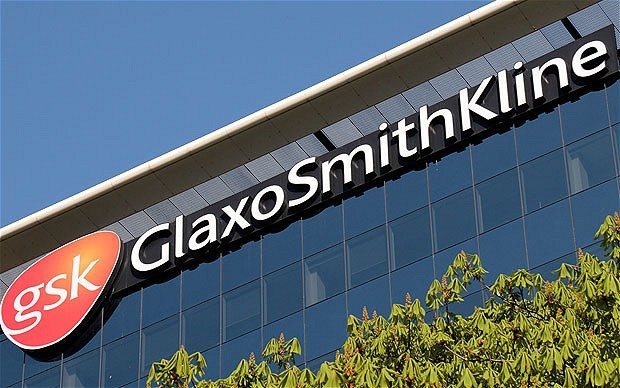
Things were a little bit quieter than normal towards the end of this week given that markets shut down on Thursday for the Thanksgiving break and that, during the day on Friday, major exchanges are only open during the early morning.
This has meant that, as compares to a normal day in the sector, the range of biotechnology inputs that have hit press has been somewhat limited. Normally, we get a spate of fresh data or regulatory developments on the wires throughout the sessions late on Wednesday and early into Friday morning and it is these fresh inputs that move markets as and when they hit press in this sector.
Oftentimes, however, if a company has something important to announce, it will wait until markets resume fully on Monday so as to glean full impact from the development, based on the assumption that a portion of market operators will sit out of action (even as markets reopen on Friday morning for the half-day session) and volume will only perk up again on the first full day of trading post-break.
With that said, however, we did get a couple of midweek releases, one of which caught our eye in the sense that it could well dictate sentiment well into next week and likely beyond as relates to the companies involved.
So, here’s what we are looking at.
The company in question is healthcare and biotechnology behemoth, GlaxoSmithKline plc (ADR) (NYSE:GSK). On Wednesday evening, GSK announced that the FDA approved its two-drug combination of dolutegravir with rilpivirine.
This is an HIV drug and, as many reading will already be aware, there are a variety of HIV drugs already on the market – many of which can be remarkably effective in controlling the virus in HIV-positive patients.
In response to the GlaxoSmithKline news, however, the healthcare space and the financial media are displaying a considerable amount of excitement – so why the excitement if there is already a range of drugs available to target this indication?
Well, because the GlaxoSmithKline drug, as mentioned above, is a combination of dolutegravir with rilpivirine. That means it is a two-drug combination, with patients requiring both treatments at the same time across a chronic treatment period.
The current standard of care treatments in the HIV space are all three or four-drug combinations.
There are a couple of reasons (primarily) why this is a big step forward in this space.
The first is relatively simple – the necessity to take two drugs as opposed to one both makes the regimen easier for the patient and can help to reduce the tolerability issues and side effects associated with taking a chronic administration regimen of any drug – especially those of the strength of these HIV antivirals.
The second (and really the most important as far as long-term treatment goes) is that the necessity to just use two (relatively new) antivirals is going to contribute heavily towards reducing the issue associated with long-term resistance to these drugs.
Patients with HIV have to take drugs pretty much their entire life and, when they start chronic regimens, there is a pretty wide base of treatments available to them. Over time, however, the combination therapies become less and less useful as the body builds up resistance to them. This resistance effect is amplified when a patient has to take at least three different drugs at the same time as part of a single regimen.
By narrowing this necessity down to two, not only can GSK’s regimen reduce the tolerability issues as described above, it also has the potential to dramatically increase the amount of time that this new regimen maintains efficacy and, in turn, offers a vital new therapy to patients who may have become resistant to the existing portfolio of available options.
So, while things were quiet in the market, GlaxoSmithKline released this incredibly important news and – in doing so – has put itself ahead of a whole host of competitors in the space that were also trying to develop two-drug regimens for HIV patients.
Sticking in this arena, the next one of these sorts of drug regimens to go up in front of the FDA is a Gilead Sciences, Inc. (NASDAQ:GILD) asset, a triple combination regimen of bictegravir and emtricitabine/tenofovir alafenamide.
Markets now turn to this outcome as the next major catalyst in HIV space.




